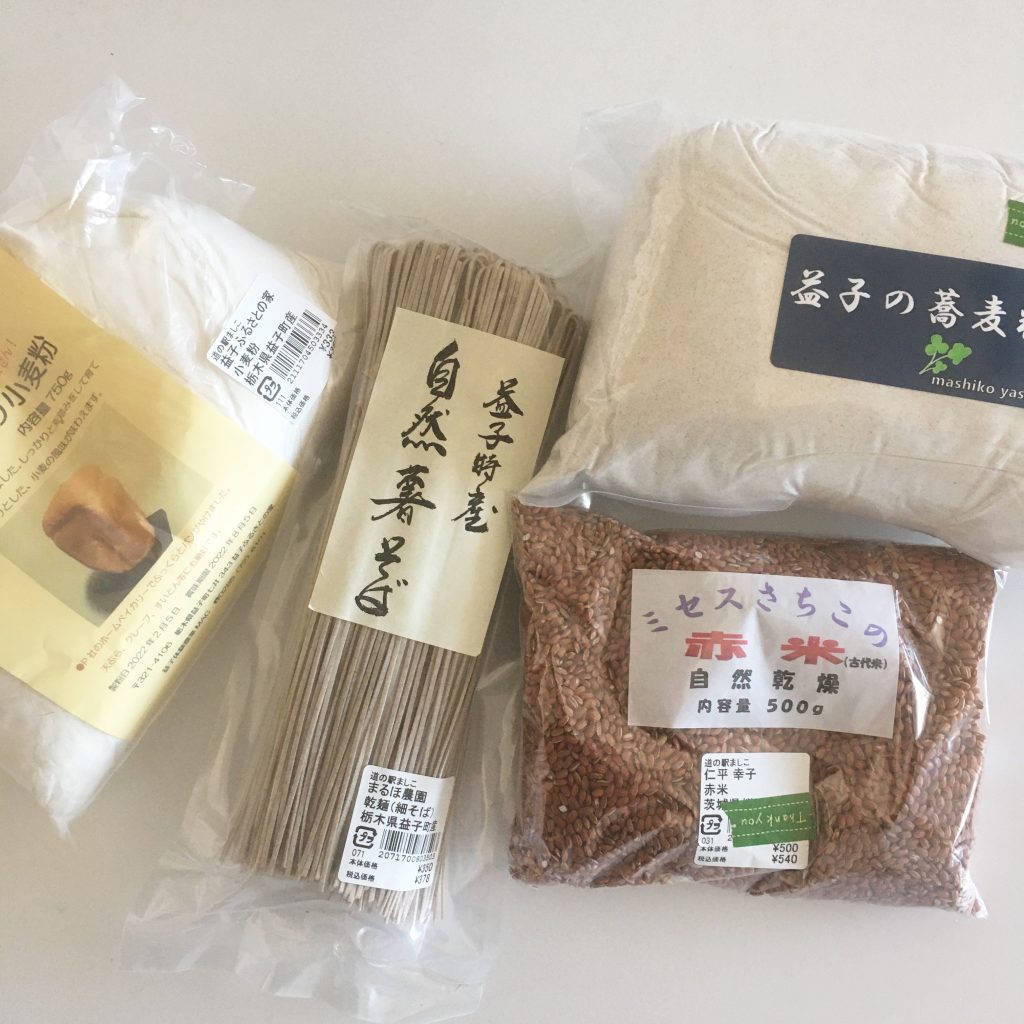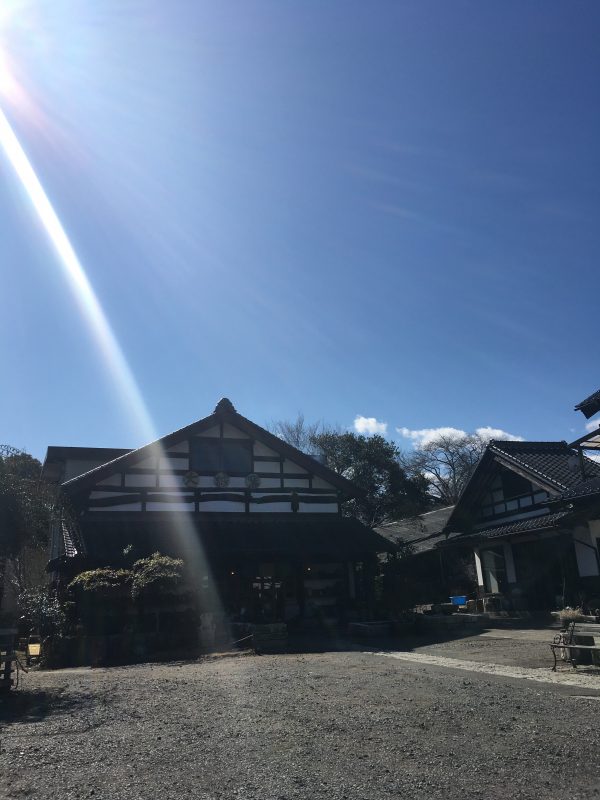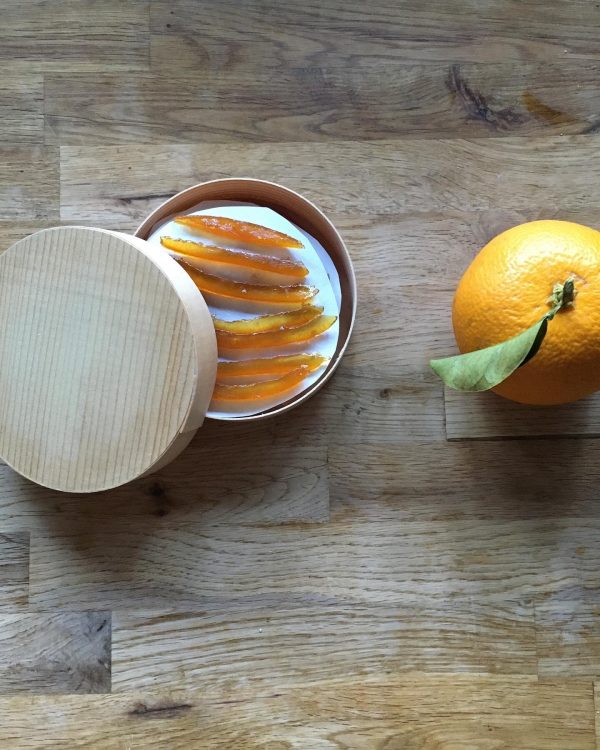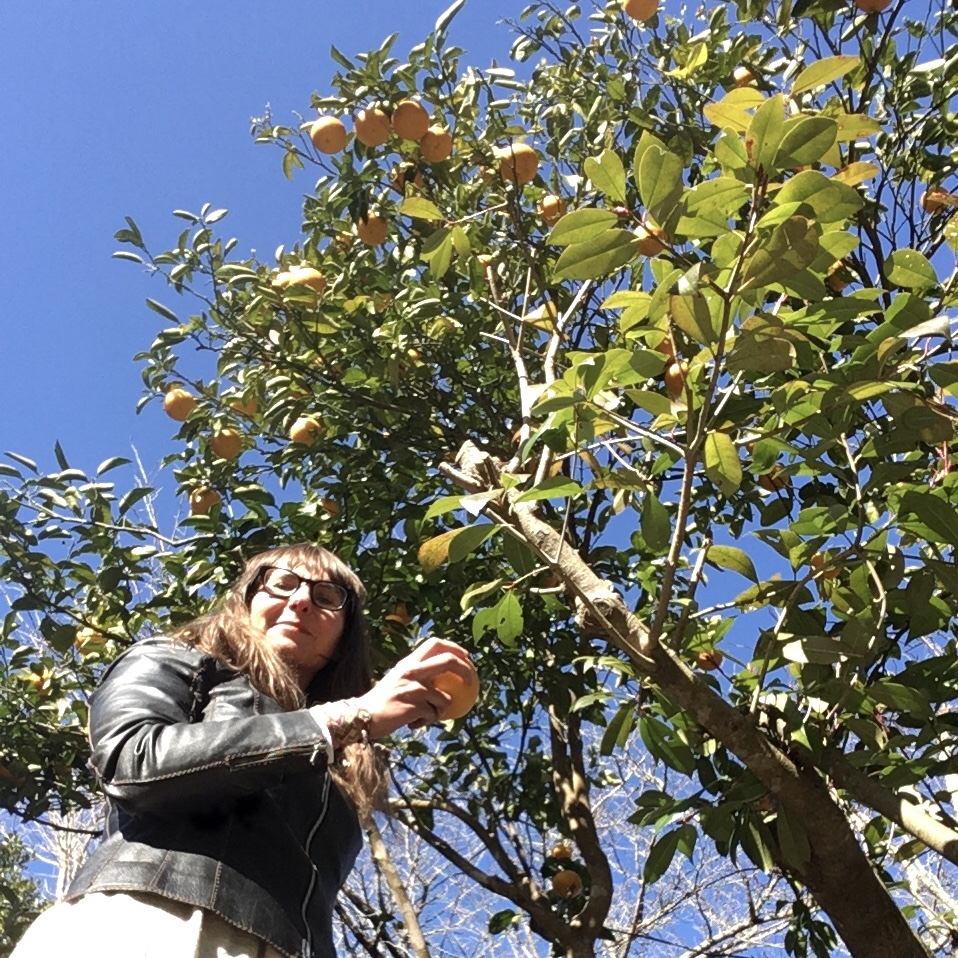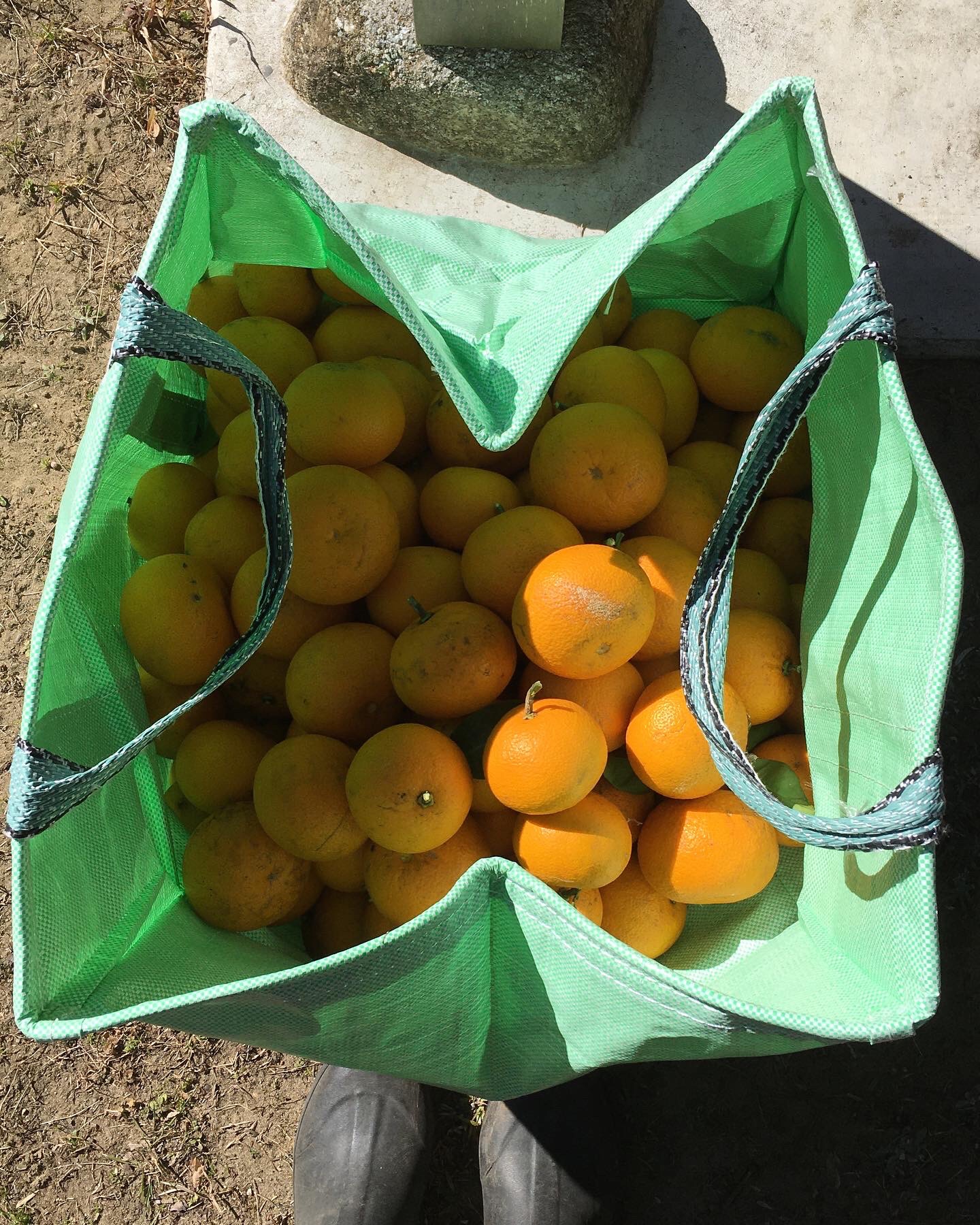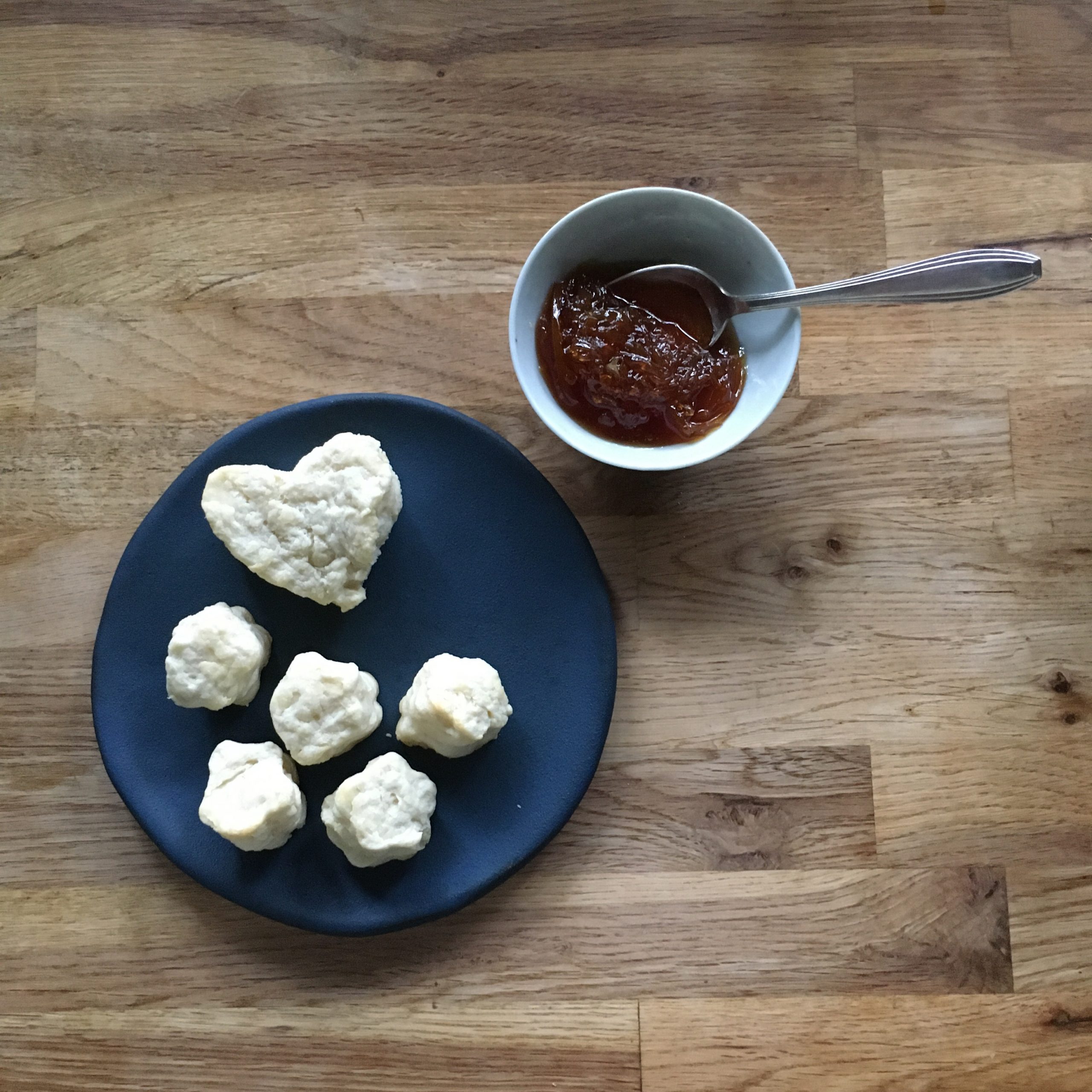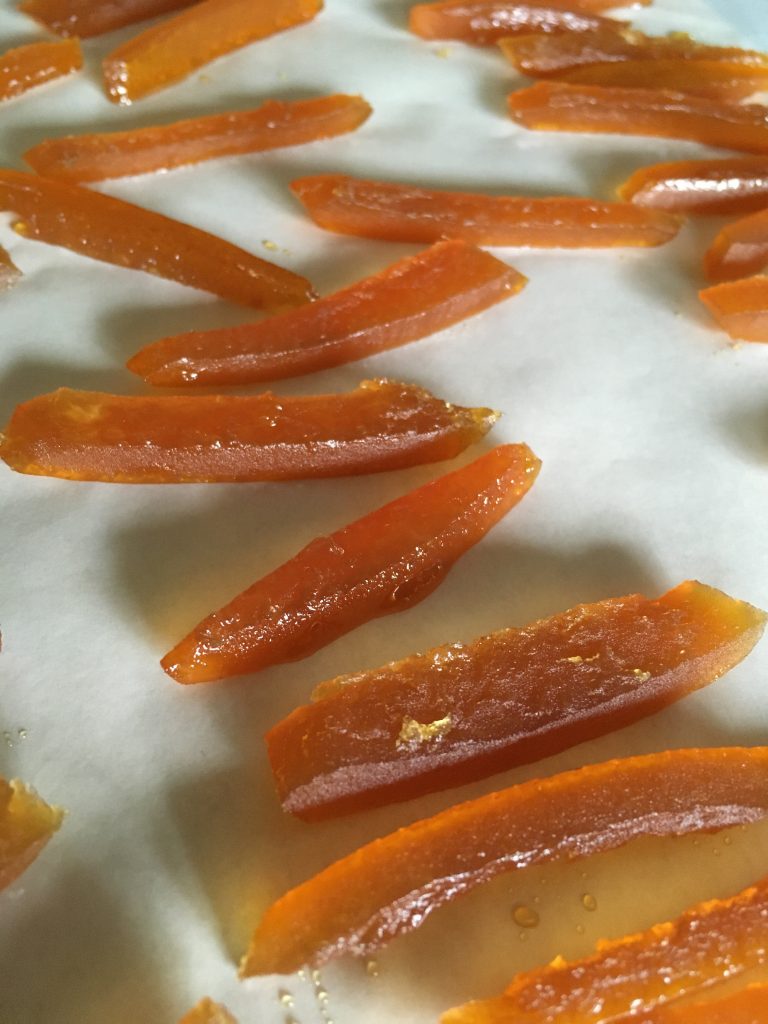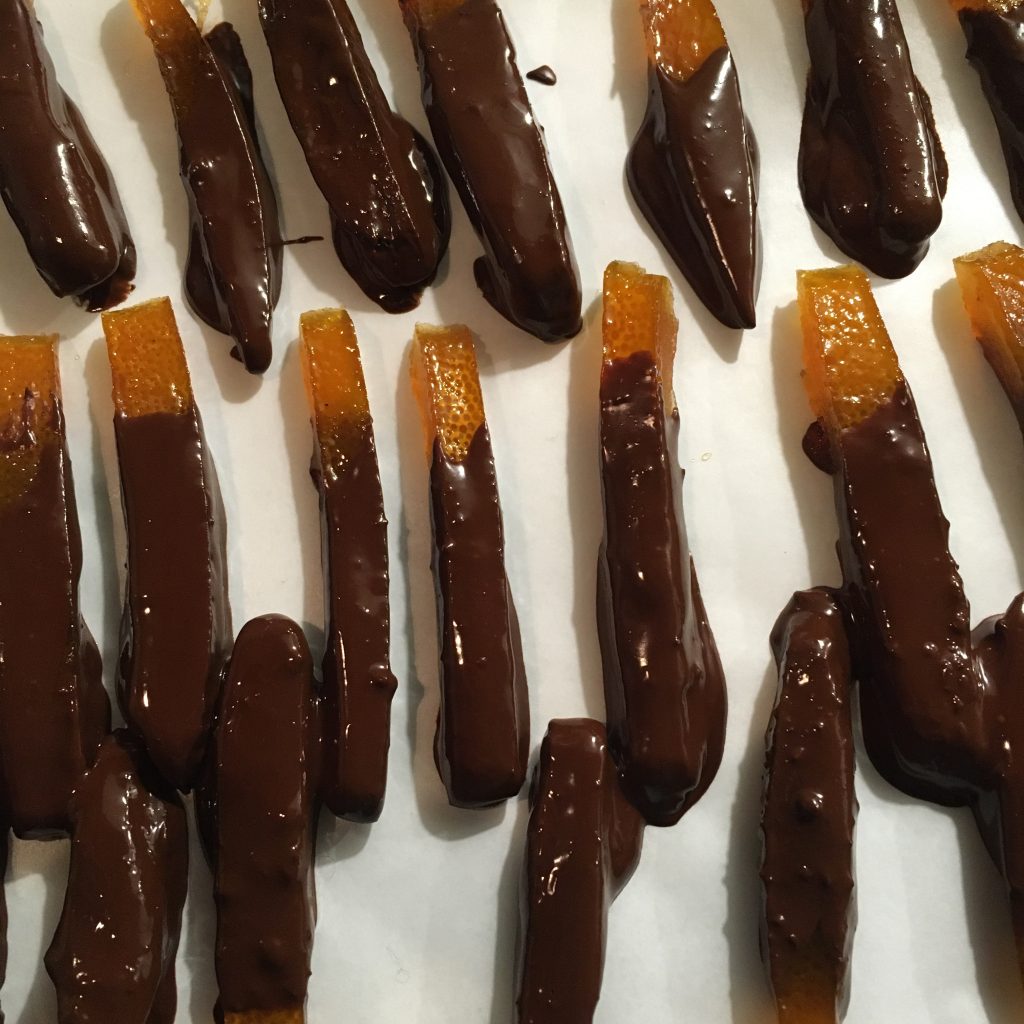Days off in the middle of the week are rare. Most national holidays would be somehow close to a weekend, so we would spend them in Ohara. This year the emperor birthday was on a Wednesday and we had to be in Tokyo the day before and the day after. Everyday I see mount Fuji from the window I want to go there, so we first thought about going there. But the fear of wasting our time in traffic jam, and the lack of idea of places to visit around kind of killed the idea in the egg. Instead we were looking for a place with not only rich nature, but something more. I pulled out our old guide books and we ended up picking Mashiko as our destination for the day. Our criteria were simple: the driving time should be about 90min, it has to have great natural environment, it has to have some craft or art to see, and some historical sights, finally a possible, even short, hike with a spot to lay a blanket and picnic in the sun. Mashiko 益子 is about 130km from Tokyo, many sites recently registered as national cultural heritage, in particular some temples in the forest near hiking trails, and is famous for its potteries. Additionally the place where Shoji Hamada, who contributed to the creation of Mingei 民藝. It ticks all the boxes.
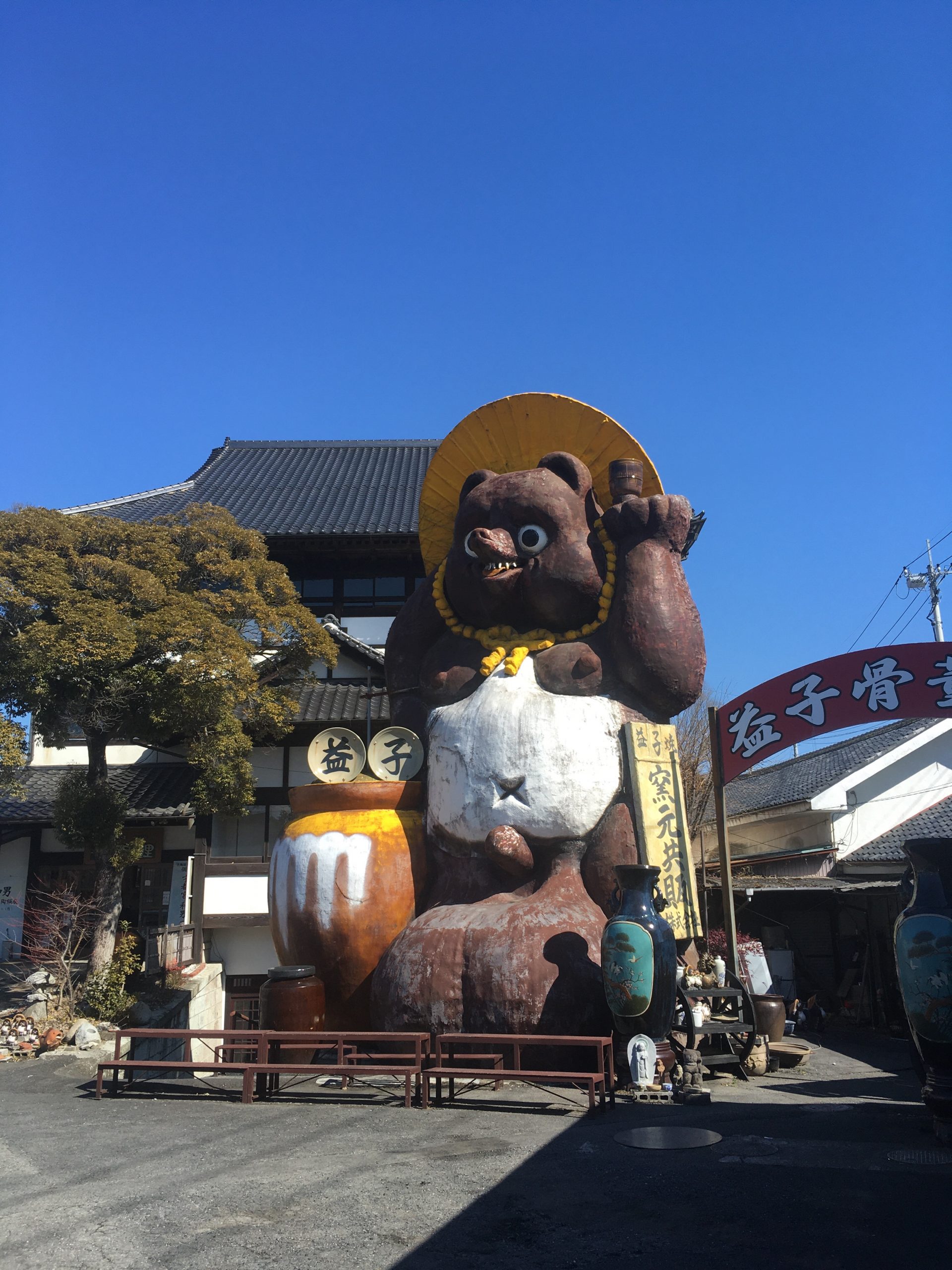
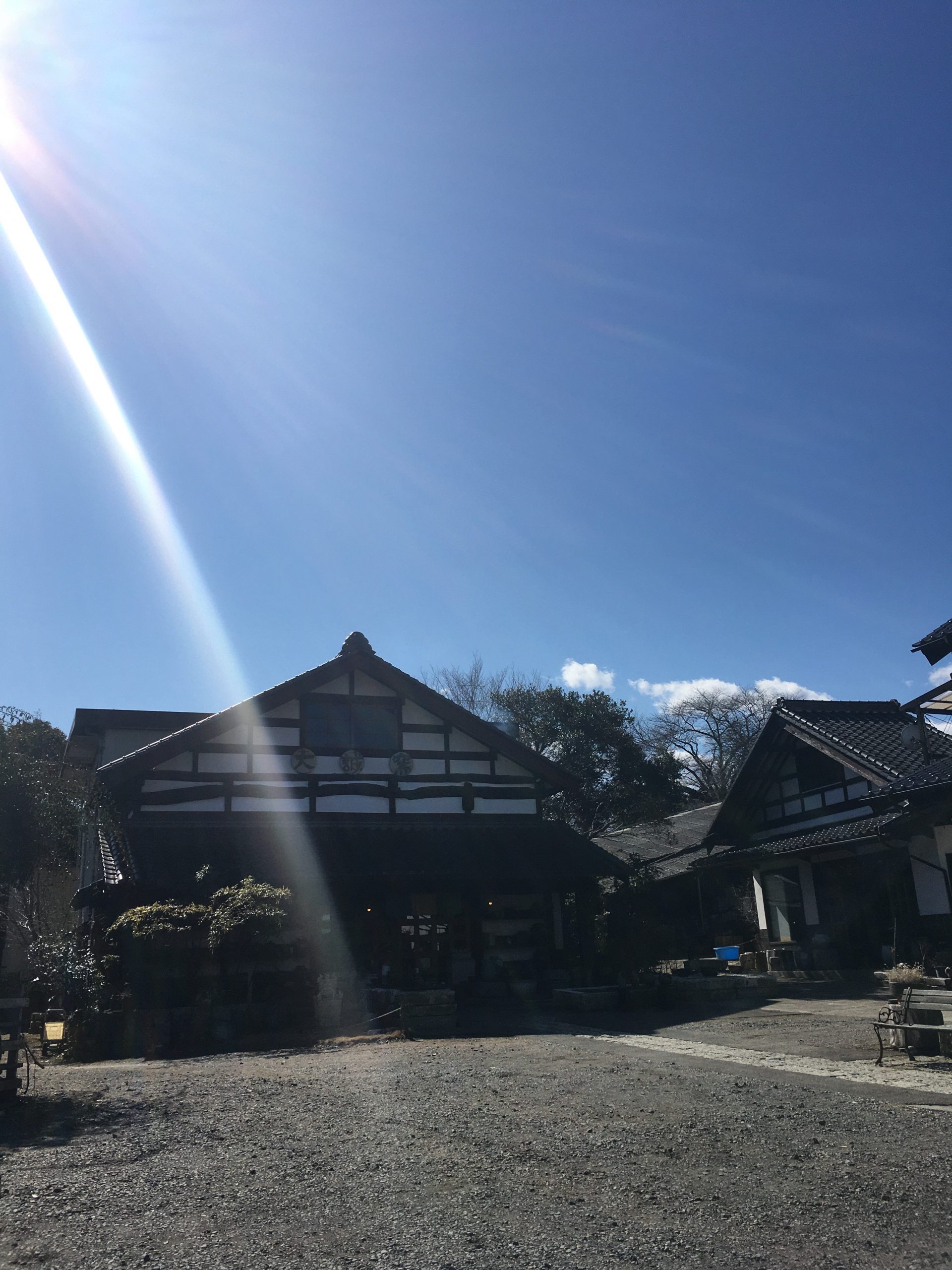
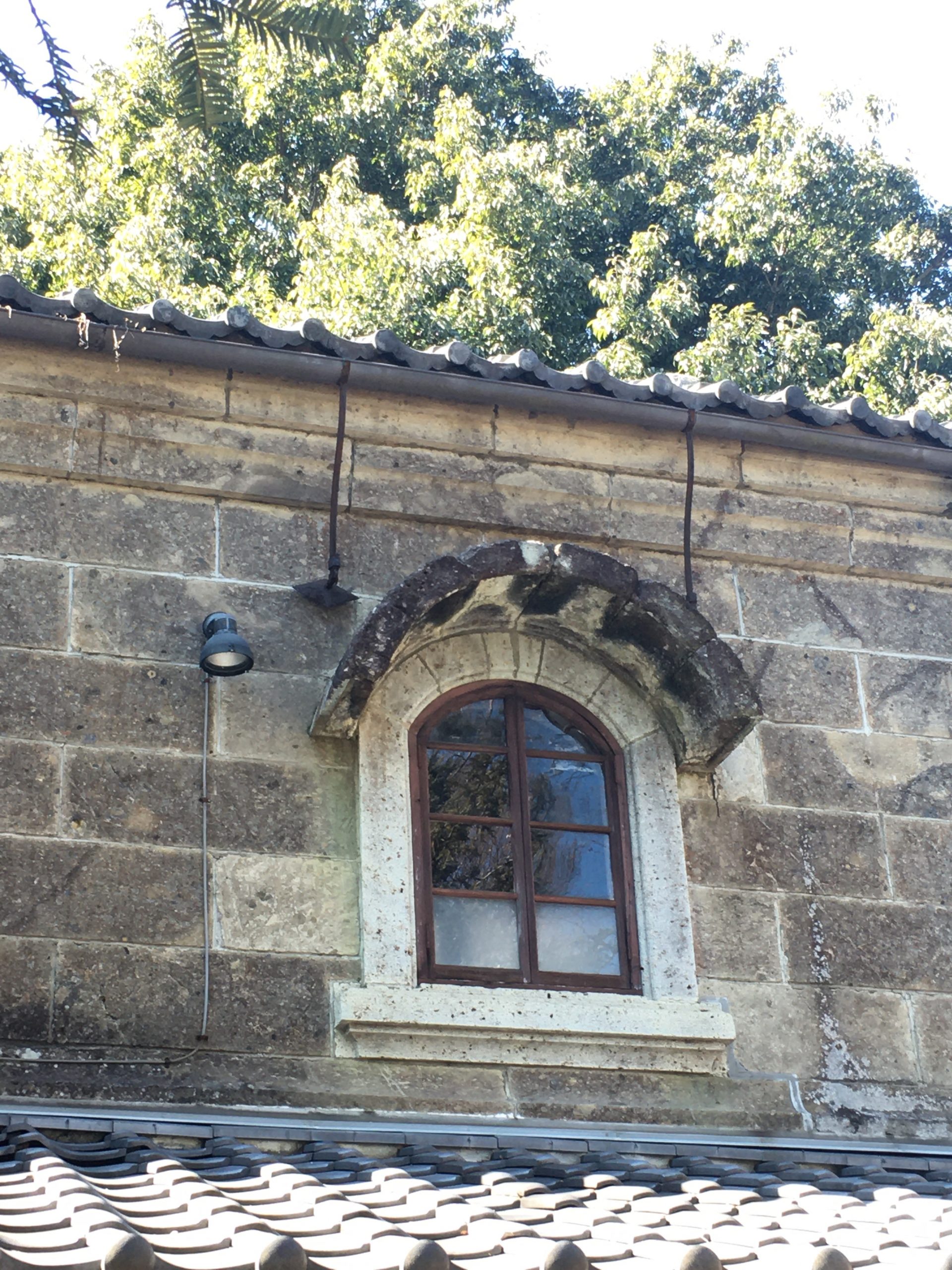
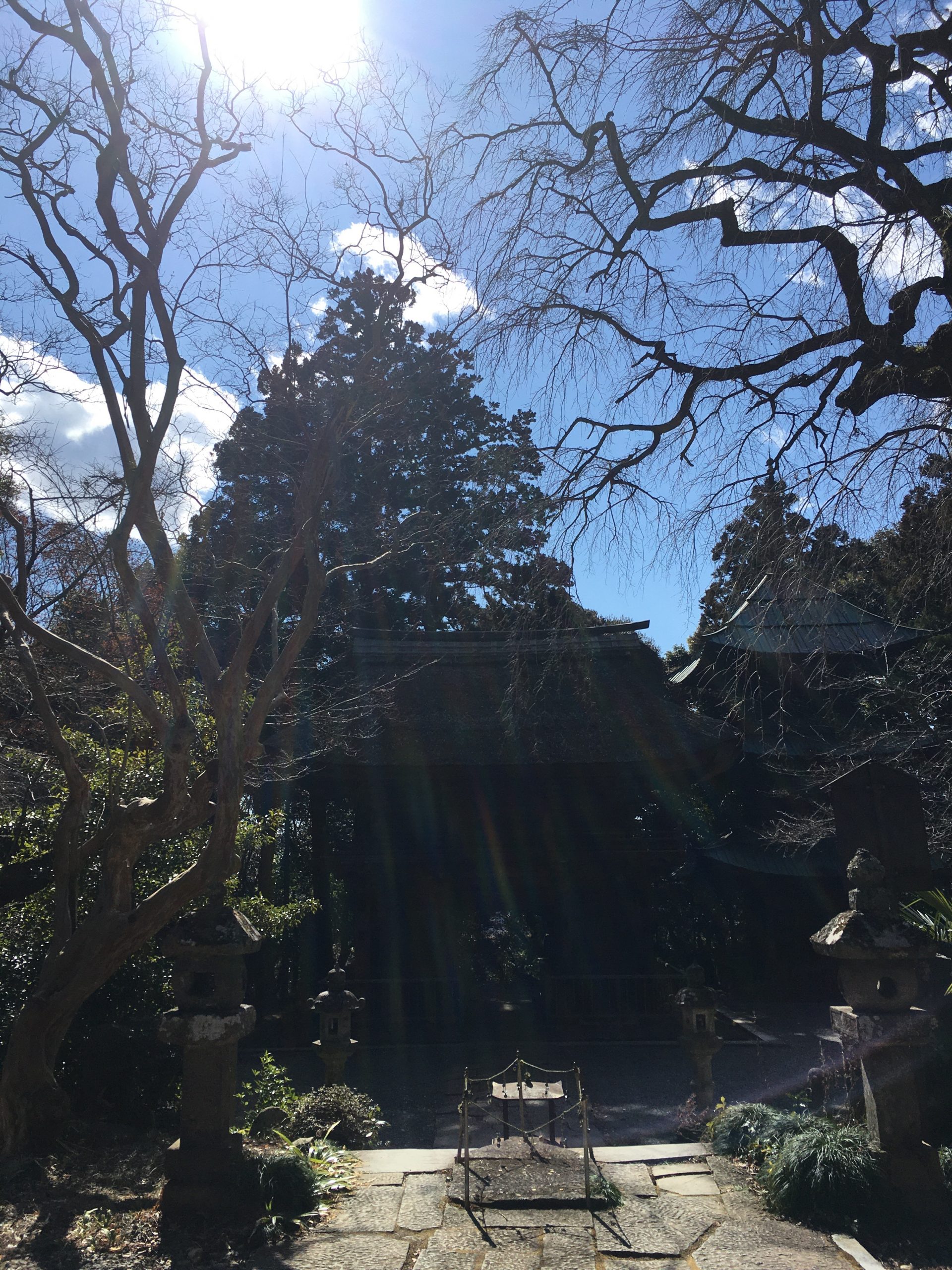
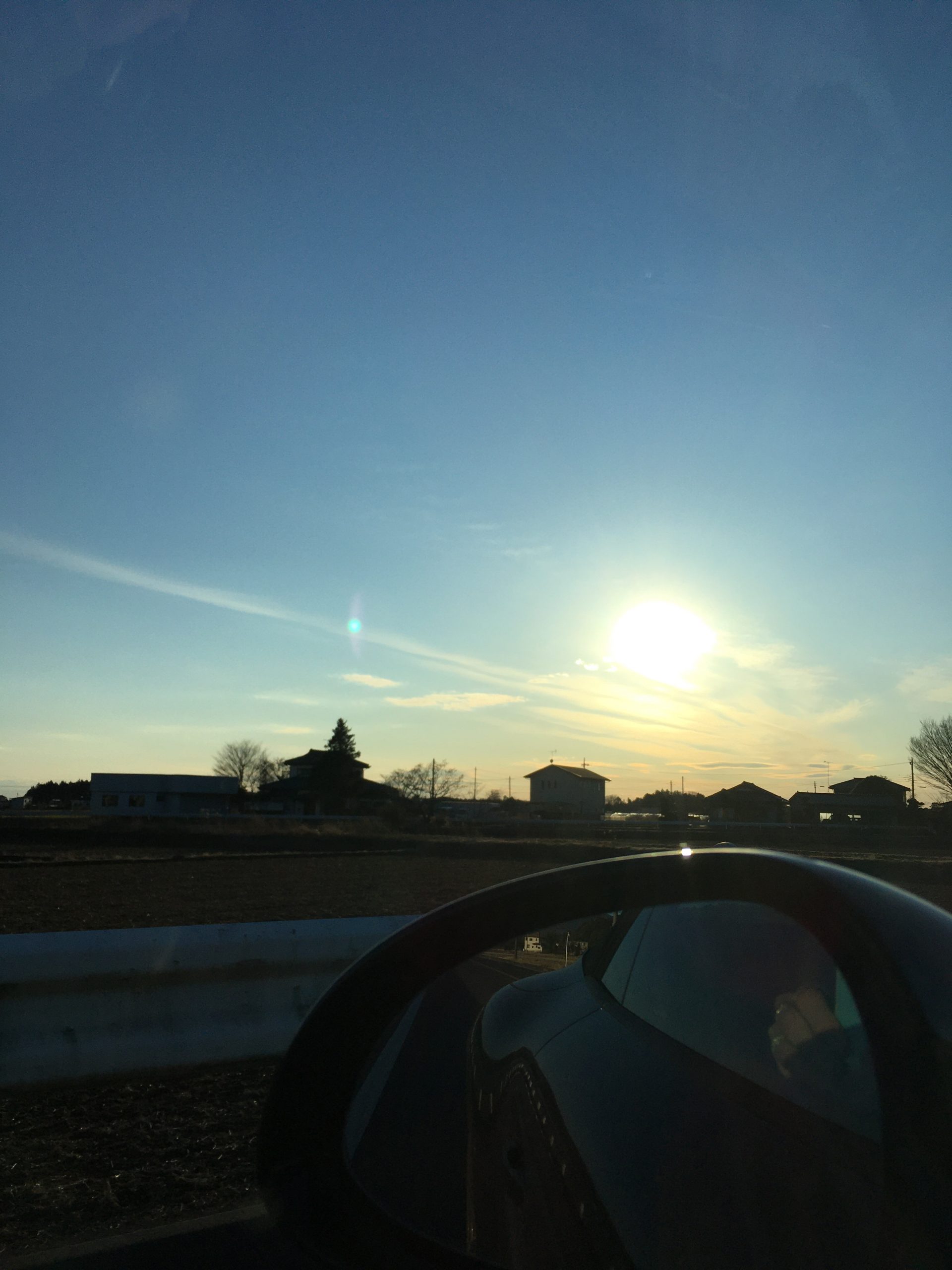
Mashiko is a small potter town. It is all well set to be a tourist attraction, but the pandemic made our visit a little paradise. Very few tourists in the main street, and even fewer people to the slightly more remote sights such as temples and shrines, and Hamada’s house. So every thing was quiet, bathing in the warm light of the cold winter sun.
Many of the pottery shops on the main street are just average but some do have a very nice collection of Mashiko yaki 益子焼. Some are more like galleries with edgy works. The indigo dye house down the corner of the street is worth the visit. On the opposite direction of the street, the big plaza with the ignominious giant tanuki (see picture above) is more so-so, but continue further and there is an amazing antique shop. But what we really felt for was Hamada’s residence, about 15min away on the other side of the hill. The walk there was charming, and the property is pure delight. It is nice to see all these kilns covered going uphill. Abd the Saimyoji temple and the Tsuna shrine.


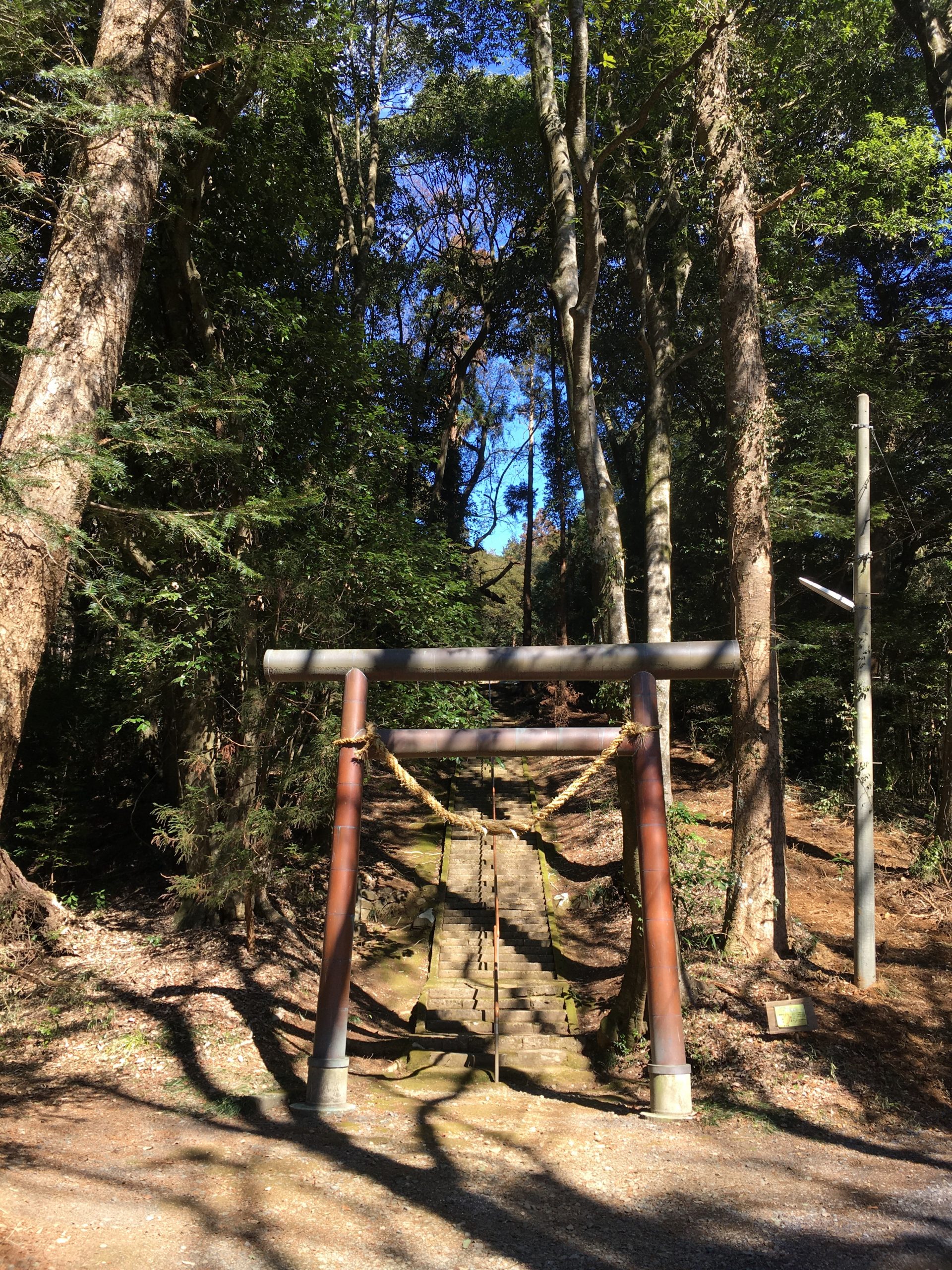
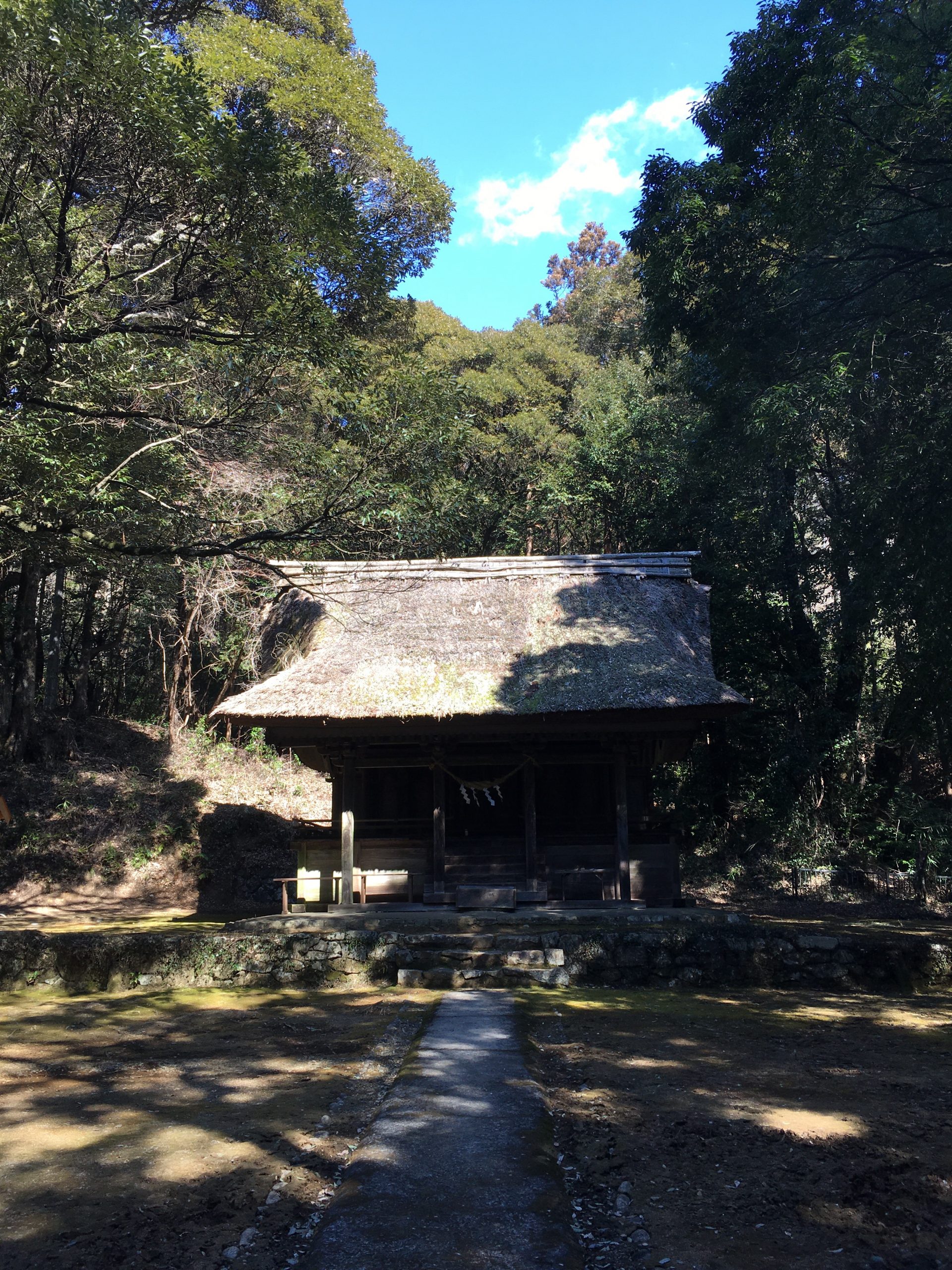
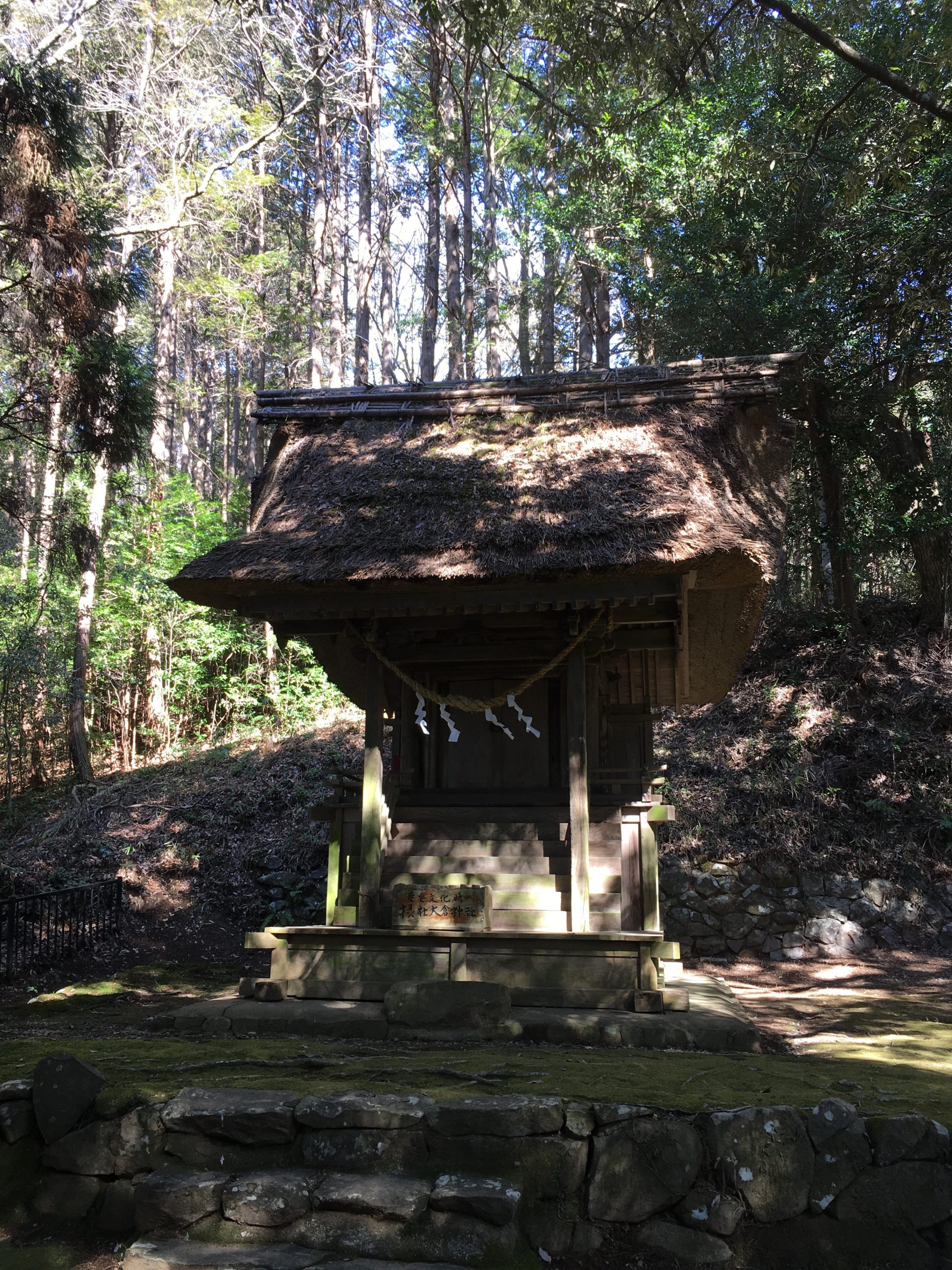

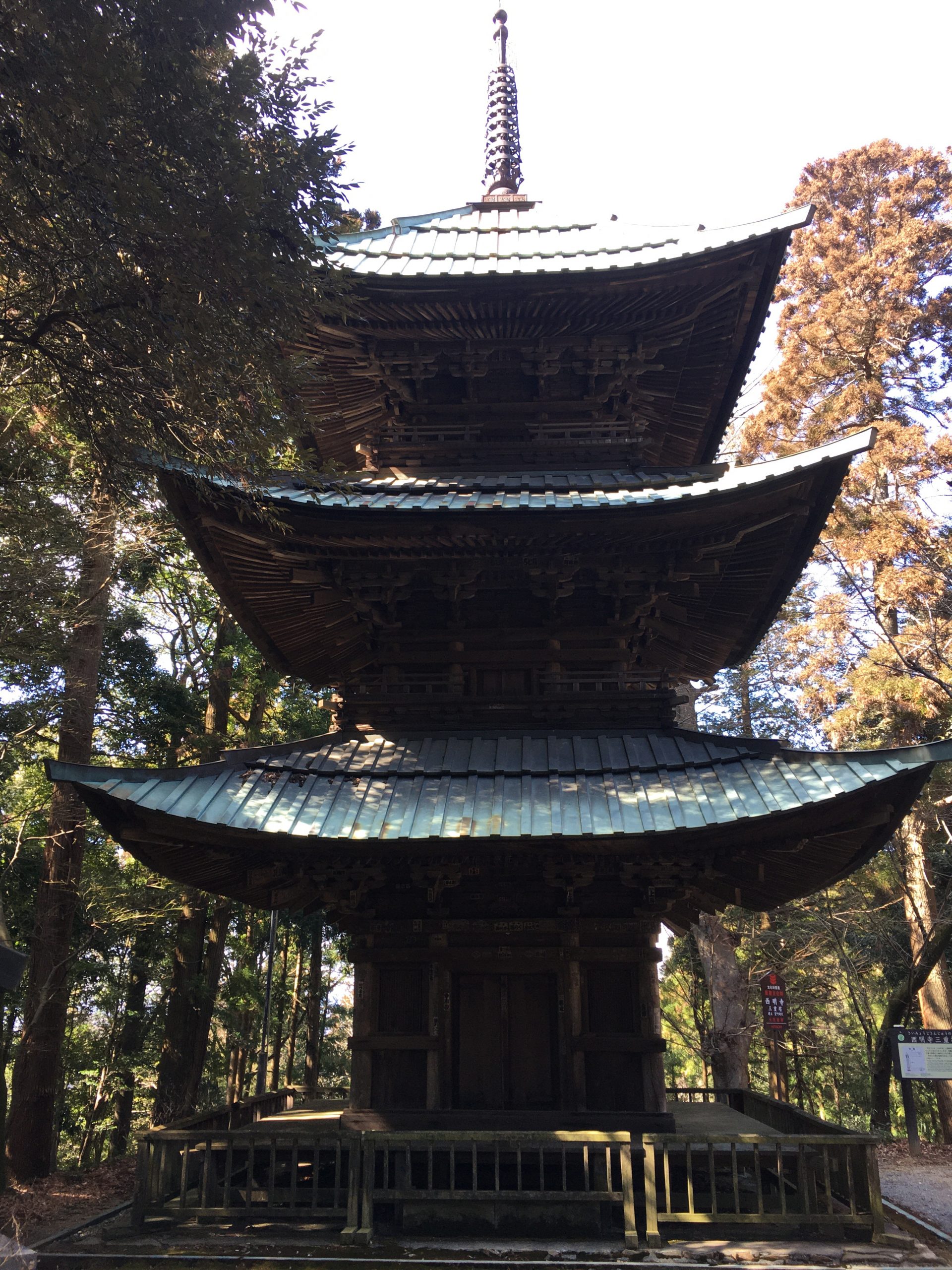

It was really cold there but it was beautiful and quiet, and people really kind. I’m sure we’ve missed some interesting sights, but that’ll give us an excuse to visit again!!!
And as we could go back to Tokyo without packing on local products we stopped at Mashiko michi no eki 道の駅, a very nice new wooden structure, also quiet and spacious, to pack on fresh fruits and vegetables and on staples such as flour, soba, rices. They had an excellent selection very nicely presented.
We didn’t know what to expect exactly but Mashiko surely charmed us!
